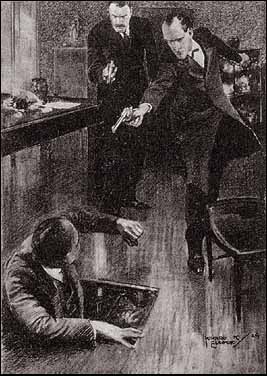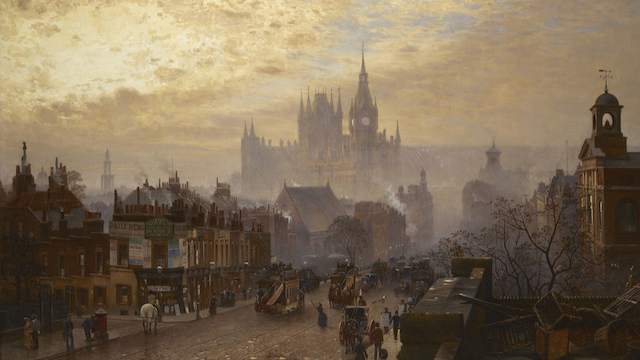An occasional feature about the places in the John H Watson Canon
It was twilight of a lovely spring evening, and even Little Ryder Street, one of the smaller offshoots from the Edgware Road, within a stone-cast of old Tyburn Tree of evil memory, looked golden and wonderful in the slanting rays of the setting sun. The particular house to which we were directed was a large, old-fashioned, Early Georgian edifice with a flat brick face broken only by two deep bay windows on the ground floor. It was on this ground floor that our client lived, and, indeed, the low windows proved to be the front of the huge room in which he spent his waking hours. Holmes pointed as we passed to the small brass plate which bore the curious name.
—’The Adventure of the Three Garridebs’

Tyburn was the main place of public execution in London from at least 1388 until 1783, when it was replaced by Newgate. It takes its name from the Tyburn stream, which ran from Hampstead to the Thames near Vauxhall Bridge, and was so well know that the word became, for a time, synonymous with gallows. Tyburn gallows stood close to where Marble Arch is now, and the approximate site is marked by a stone in the traffic island at the junction of Edgware Road and Bayswater Road. An iron plaque is located about fifty yards west of Marble Arch.
From London Lore: The Legends and Traditions of the World’s Most Vibrant City by Steve Roud, Arrow Books, 2010, p. 80
